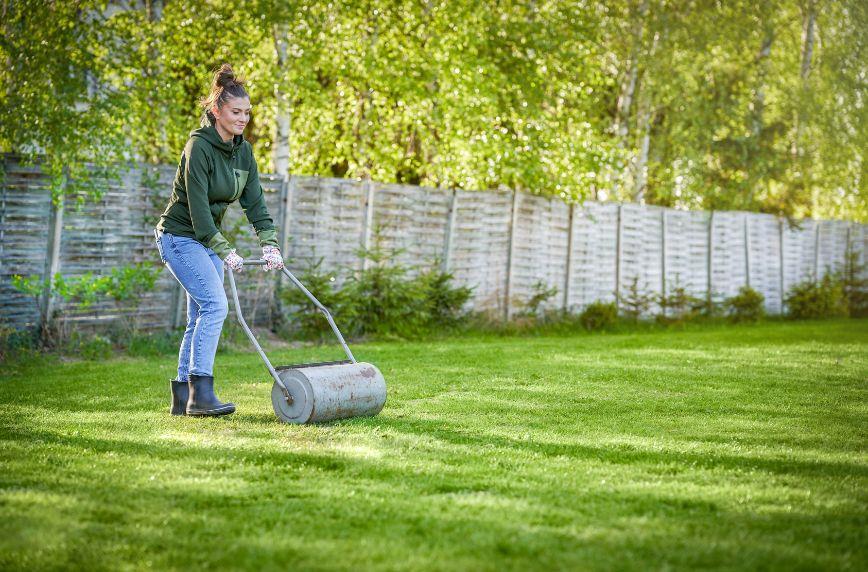Taking care of a yard requires a lot more than water and the occasional cut. If your lawn receives only minimal maintenance, it will soon show problems from beneath the surface.
Many people neglect the thatch layer on their lawns. Thatch lies between the grass roots and blades and consists of dead, decomposing grass and other debris. Removing excess thatch benefits your yard in many ways. Find out the top reasons to dethatch the grass in your yard.
Improve Nutrient Uptake
Thatch becomes a problem when it gets excessively thick, but a layer of thatch up to half an inch thick can function like mulch. When thatch isn’t excessively thick, it moderates soil temperature and prevents moisture from evaporating too quickly. As thatch decomposes, it releases nutrients into the soil and improves grass health.
On the other hand, when the organic matter doesn’t break down efficiently, it accumulates, and the thatch thickens. A thick thatch layer prevents water and nutrients from moving freely among the grass roots and blades. Dethatch your grass periodically to ensure the thatch layer remains at a healthy level.
Revive Patches of Brown Grass
You can have brown patches of grass in your yard for several reasons, and brown grass isn’t necessarily dead. During a drought or heat wave, grass protects itself by going dormant, waiting until its environment improves.
An excessive thatch layer can cause grass to turn brown. When thatch is high, grass roots can start to grow in the thatch. This inhospitable layer can’t hold any water and prevents other beneficial processes, so the grass starts drying out, causing brown spots. That’s why dethatching is one essential tip for reviving a dying lawn.
Support Lawn Care Efforts
The final reason to dethatch the grass in your yard is to support your lawn care efforts. Just like overgrown thatch can block air, water, and nutrients from the roots, it stands in the way of your lawn care efforts. Fertilizing a yard with a thick thatch layer flushes your money and efforts down the storm drain.
Too much thatch prevents herbicides from penetrating as deep as they should to control weed growth. Overseeding is not as effective, as seeds can’t penetrate the thatch, so they either do not grow at all or get choked out when they do.
Are You a Professional?
Requests for your services are coming in left and right. Let’s connect and grow your business, together.


